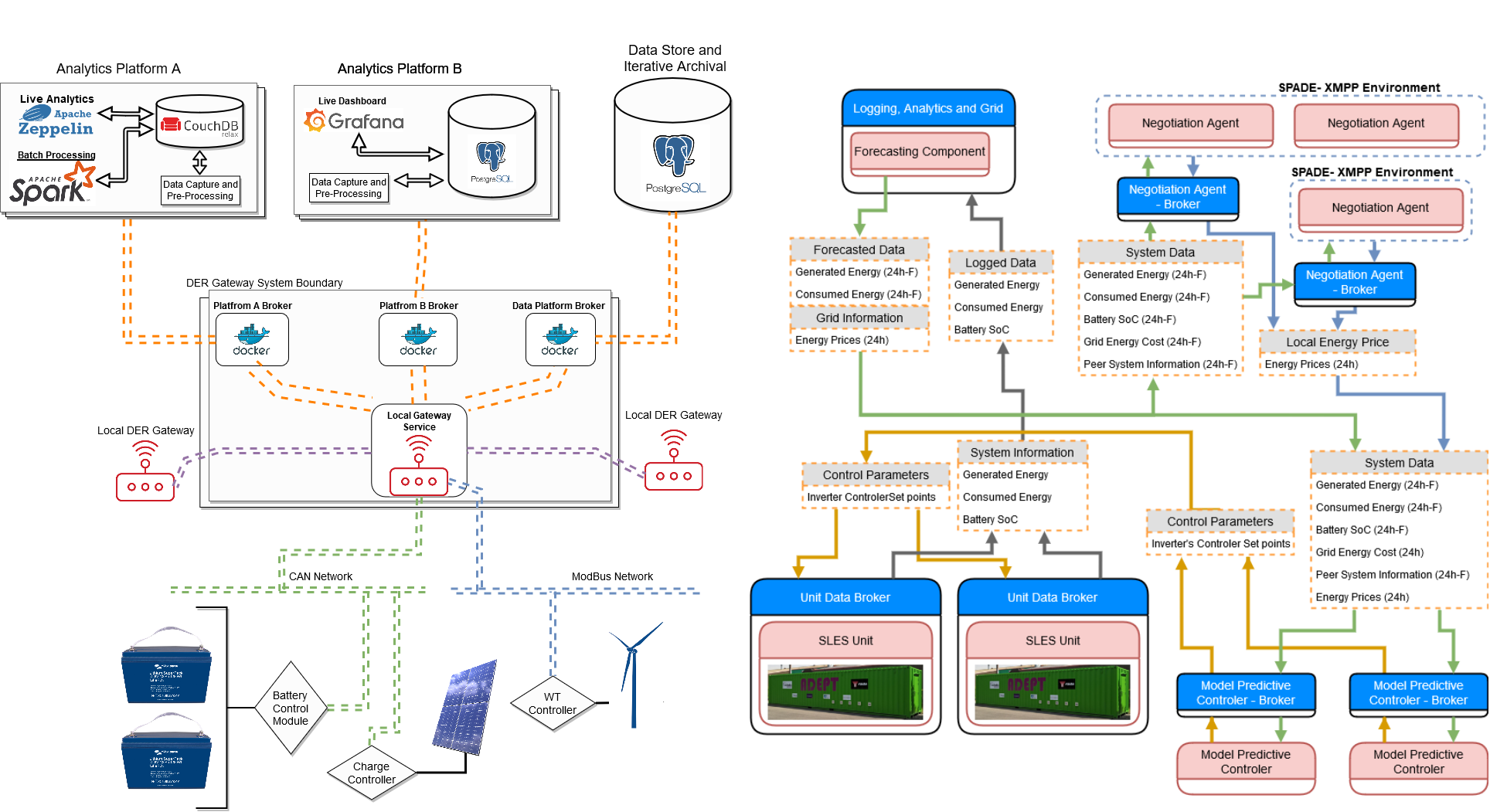By Nandor Verba, Research Fellow, Coventry University
The fourth industrial revolution is seeping into the energy industry where the concept of the Digital Revolution or ‘Energy 4.0’ is being used. Energy 4.0 envisions energy systems of various sizes interconnected through flexible data pipelines. The behaviour of these systems will constantly be predicted and controlled by advanced Artificial Intelligence and Machine Learning methods. These energy systems will trade energy freely between each other and are as dynamic and varied as the needs of the communities they are deployed in. This step forward will result in a major increase in efficiency, a decrease in costs and would make the deployment of SLES possible and profitable for even more use-cases.
Smart systems are already part of our day-to-day life. Our home ‘Internet of Things’ (IoT) devices make our fridge, washing machine and security cameras interconnected and available at a touch of a button. When it comes to the data and energy management of a household, community or the national grid, the requirements on these systems become more stringent and the complexity of interconnecting systems from various domains becomes a serious challenge.
The smart hub and flexible data streams-based system proposed by EnergyREV solves some of the integration challenges while offering increased flexibility, scalability and security. It gives users more control over their data by allowing it to be stored locally allowing them to choose which analytics or market services they want and where these are hosted, be that locally or centrally with service providers. This system was implemented on an existing ‘Distributed Energy Unit’ and evaluated on its ability to integrate the control, energy pricing, and analytics elements while extending the features and capabilities of the host energy system.
The extended features and capabilities enable three functionalities to be integrated into the energy system.
1 Distributed Data & Information Architectures - Our proposed architecture allows services and devices to be integrated into flexible, real-time data streams. These streams enable data to be routed dynamically to various components improving the interoperability of the systems. ‘Broker Interfaces’ allow messages to be translated from various communication protocol standards and are the means of connecting services from: energy system control and optimisation; agent-based market negotiation and energy system forecasting.
2 AI and Machine Learning - AI based decision making and optimisation approaches have been tested and deployed for two scenarios: energy demand forecasting was used to improve the performance of trading and local optimisation algorithms; agent-based negotiation and balancing was used to determine fair pricing in a local trading environment.
3 Distributed Control and Market Negotiation - The model predictive controller developed by members of the EnergyREV team coupled with the communication backbone allows distributed energy resources to limit communication to neighbouring devices, which can increase reliability, resilience and security. The agent-based abstractions deployed on top of the controller also allow the system to benefit from multi-agent systems plug-and-play operations.
Using a similar approach to both the design and expansion of energy systems can future-proof old units and can enable new ones to adapt and change to the environment and local needs they are deployed to. Furthermore, these advances can support new business models and services paving the way for innovation and improved service offering in the industry.
